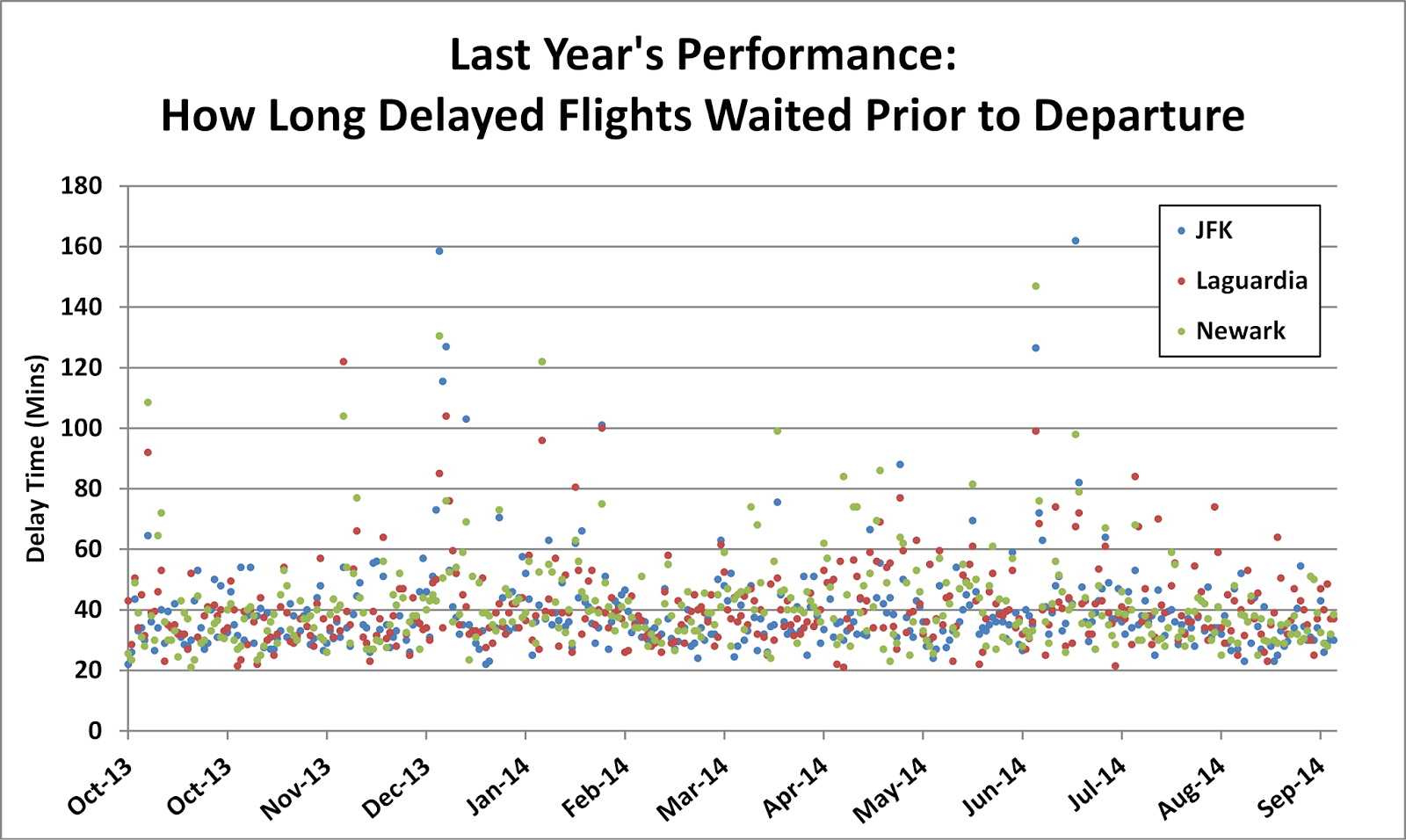My fellow New Yorkers know that finding an apartment in NYC is one of the more hellacious tasks in life. If it's not the broker demanding a small ransom for 'finding you a great apartment', it's being disappointed to learn that most apartment looks nothing like their pictures. Across the board, there's plenty of opportunity to improve the experience.
One area I've tackled is gaining insight into rental prices: specifically, is your monthly rental price above or below the market average for your apartment type? 'Apartment type' is the key word here because, unfortunately, websites offering 'insight' into prices are not very useful, as they tend to either lump all apartments together (regardless of bedroom quantity), skewing the average rental price, or are not granular enough to gain any insight about your specific apartment type; two website examples are here and here.
Predict What You Should be Paying for Rent
Ideally, you should be able enter your current/potential apartment's characteristics (neighborhood, number of bedrooms, quantity of amenities, etc.) into a model that returns the average rental price for that specific type of apartment. This could be very useful for a couple of scenarios, such as:
- Scenario #1: If you're about to sign a lease for a new apartment but are uncertain if the price is fair
- Scenario #2: If you want to know how much apartment you can rent with your available budget
Below is an interact model to help with these scenarios. I used data on ~13,000 apartment lists from reliable online sources to build the model. Let me explain how to use it with these simple instructions:
- In the first window below, scroll to the neighborhood your current / potential apartment resides in, and take note of it's 'Neighborhood Group' (for example, I live in the Upper West Side, which is in Group #6). Neighborhoods are grouped together by similar rental prices.
- In the second window, scroll through the list and determine the total number of amenities your current / potential apartment has (for example, if your apartment has Central Air Conditioning, a Dishwasher, and an Elevator and nothing else on the list, the apartment has a total of 3 amenities).
- Use the information you gathered from steps #1 and #2 (along with the other info you already know about the apartment in question) to walk through the interactive colored diagram below called a 'treemap'. Do this by clicking on the group that your apartment falls within until you cannot click anymore. Once unable to click anymore, hover your mouse over the group your apartment falls within and the average rental price for your apartment type will appear.
Steps #1 & #2 - Neighborhood and Amenities Selection:
Steps #3 - Apartment Rental Prices 'Treemap':
Pretty nifty, right? Hopefully you're getting your money's worth! This model can help you with both scenarios described above; let me know if the model is accurate for your apartment type! If you want to re-use the treemap diagram, simply refresh the page.
______
Python (scikit-learn) and SAS Enterprise Miner were used for this analysis; code is available upon request


















